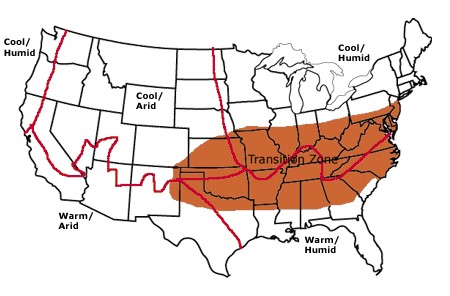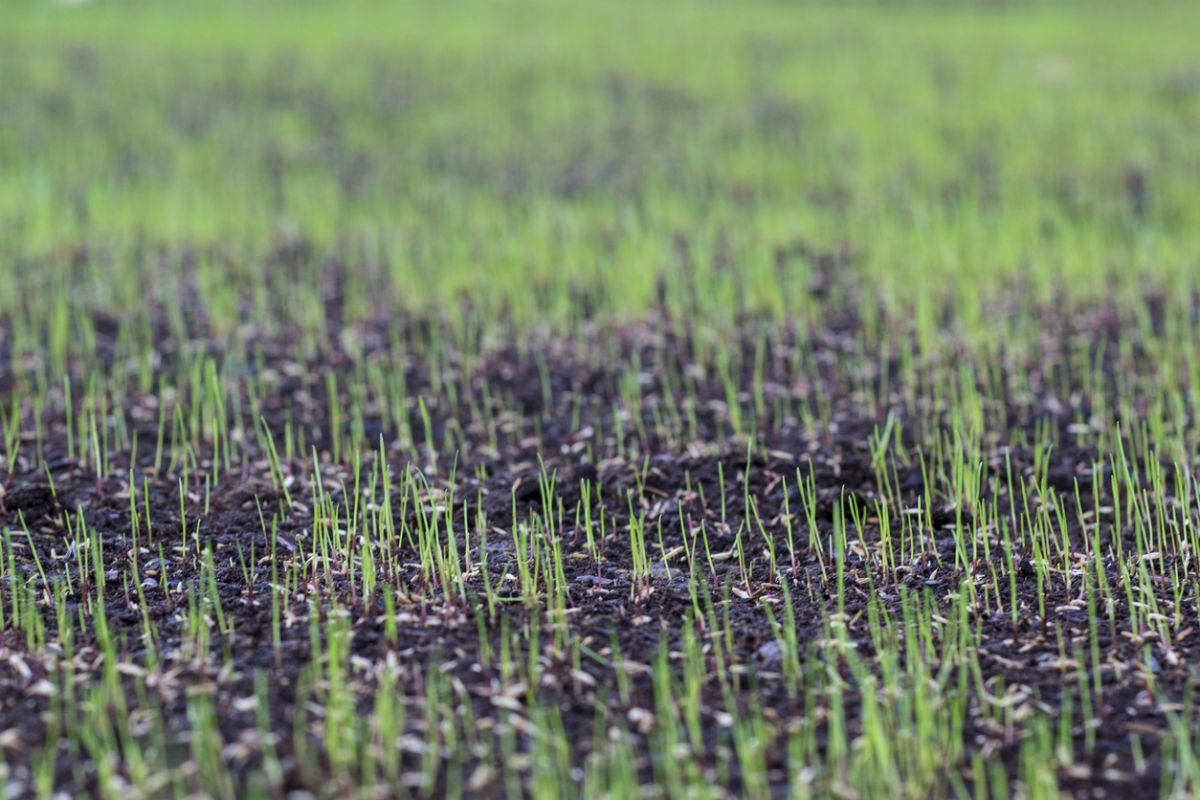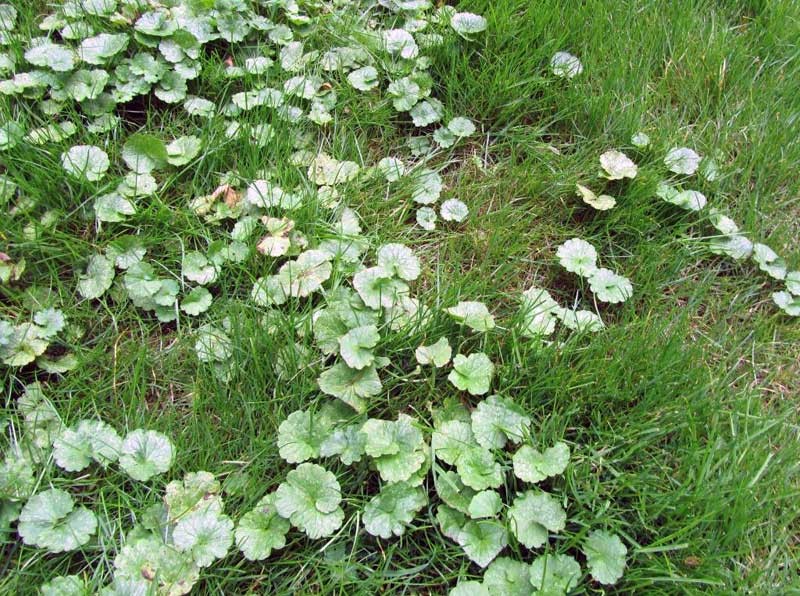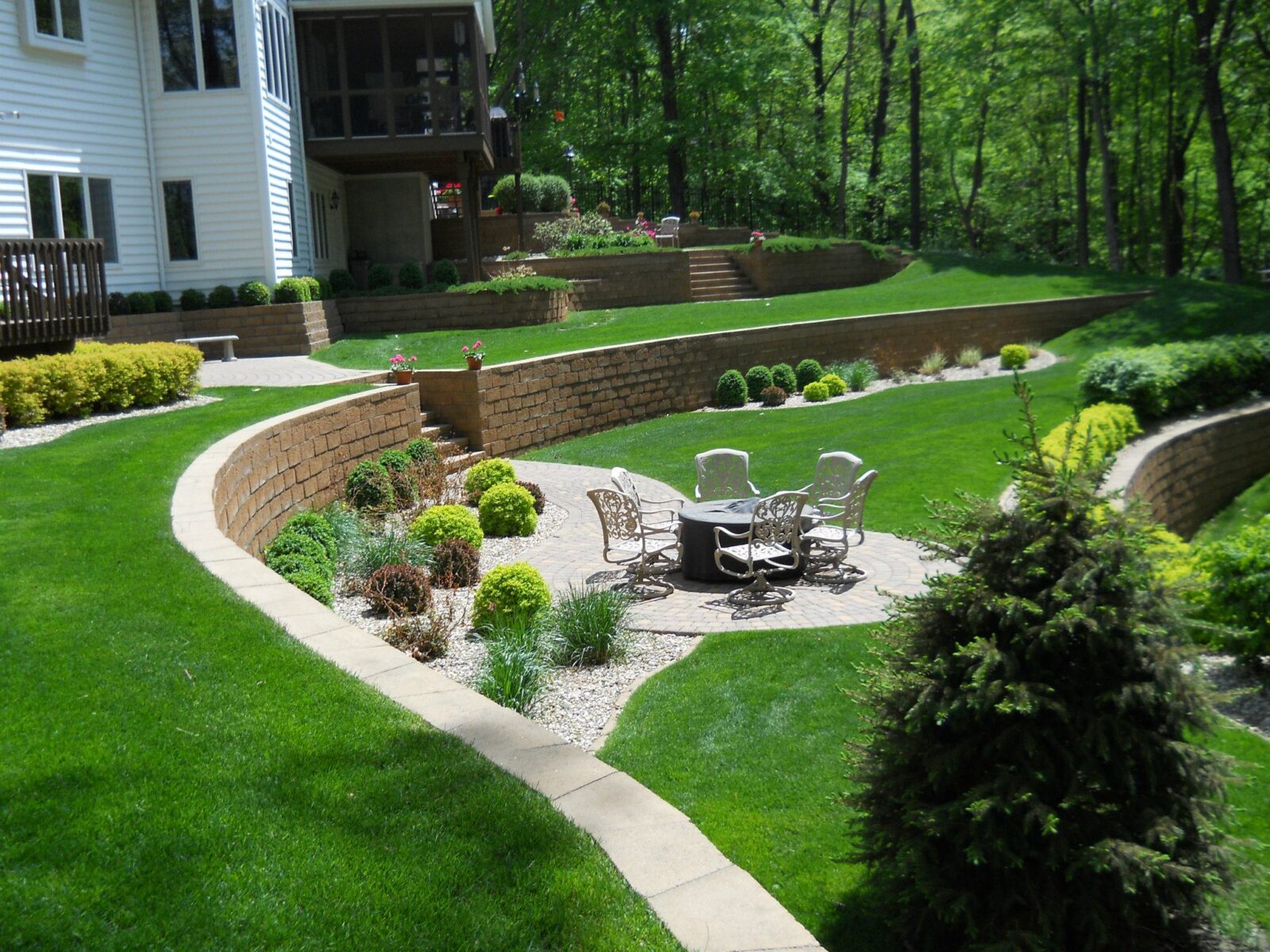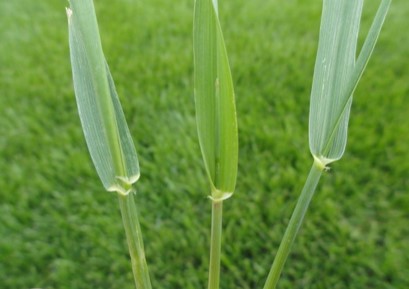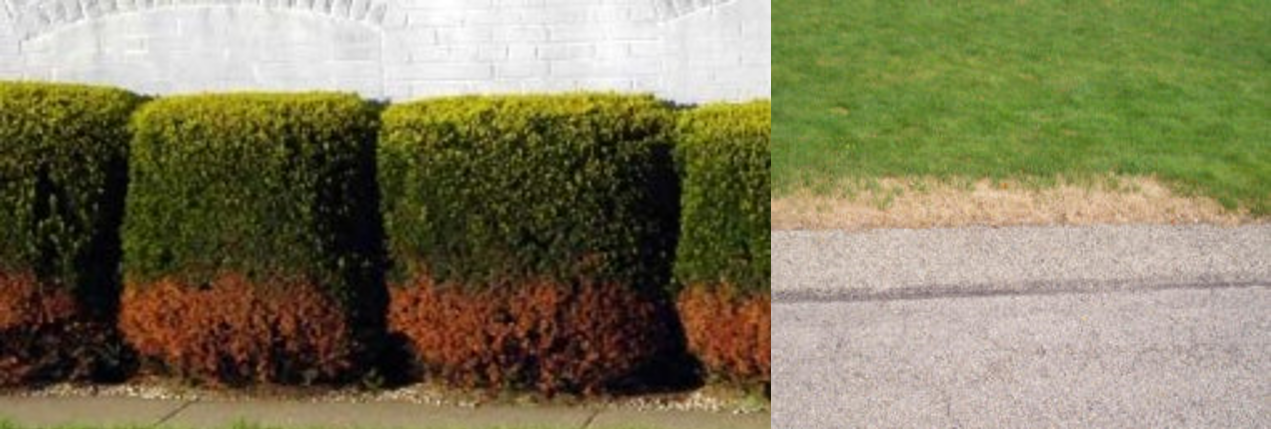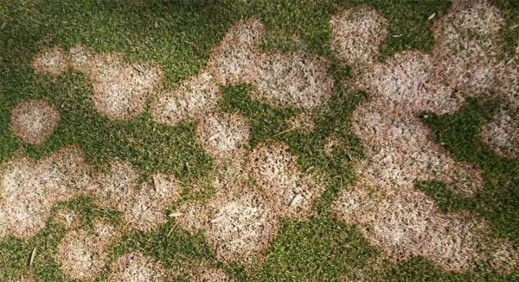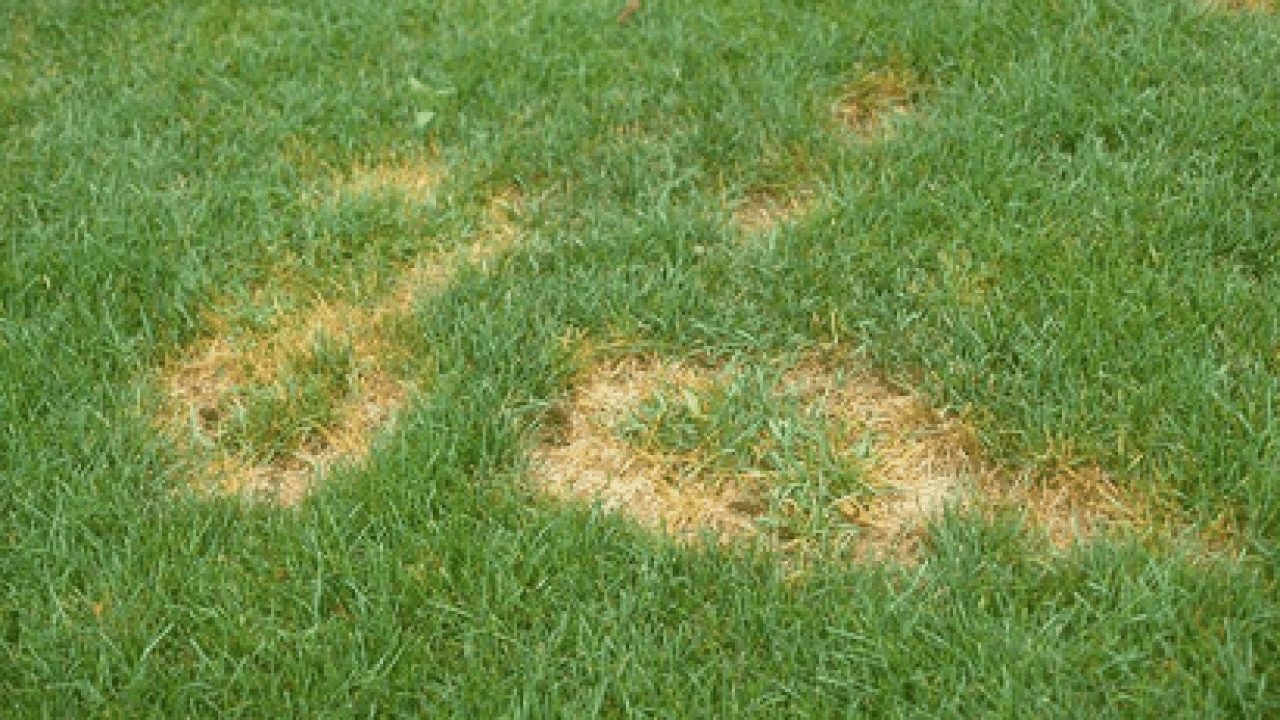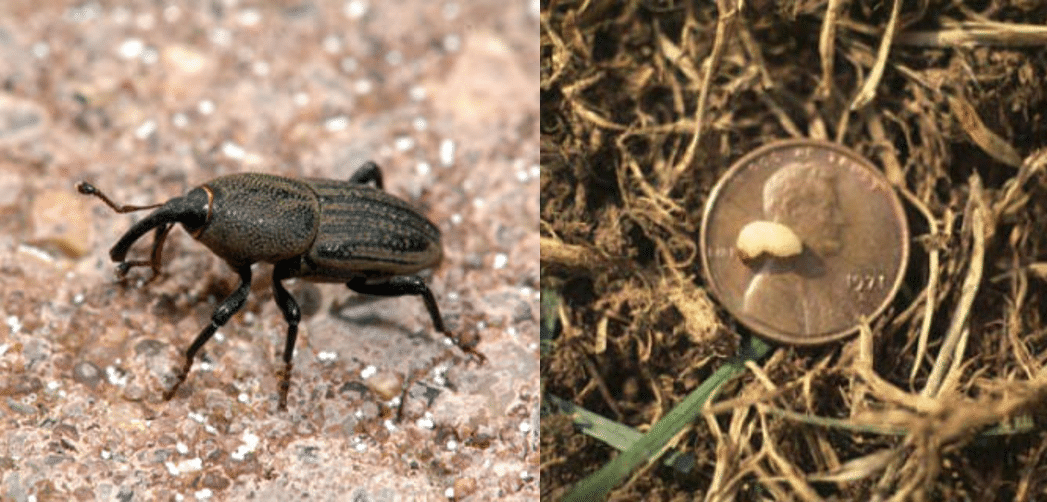Since establishing our business in 1985 and helping thousands of customers across the corridor, we’ve encountered a variety of reasons why people have trusted us with their lawn care. No matter the reasons, everyone has their own motivation, or breaking point, for letting professionals help. We’ll talk about the most common discussions we encounter when chatting with new customers.
“I Just Don’t Have Time to Worry About It!”
In a 2007 survey, 30% of American homeowners hired an outside firm to help care for their lawn and landscape. In 2017, that number had grown to 40% percent. More recent surveys would likely reflect an even larger percentage hiring lawn care companies. There are many factors leading to this; working more hours and more time spent commuting to and from work leaves less time during the week to work on the lawn and landscape. After a long day of work, it’s understandable that trying to get everything mowed before sunset is less of a priority. With less time during the week, that leaves the weekend for tackling the list of tasks. Sounds great! Well, maybe NOT so great. It’s going to be rainy all weekend? The kids have baseball and soccer games two hours away? We all work very hard to do things that we enjoy, and the purpose of a weekend is for relaxing and doing fun things. You can see where I’m going with this; our time is valuable, and taking care of a home (inside and outside) is time consuming. Our job is lawn care. We do during business hours what our customers cannot. If Mother Nature interferes with our day, we can adjust and complete things as soon as weather allows. Many homeowners don’t have that flexibility. There’s a limited time to do things, and bad luck can ruin the best of intentions.
“Am I Even Doing This Right?”
Turf management requires a great deal of technical knowledge and experience, like other skilled trades and professions. Many people don’t feel comfortable taking care of their lawn or don’t trust their own level of knowledge. A lot can go wrong if products are used incorrectly. Having been in business since 1985, the staff at UltraLawn has amassed an impressive resume of education and experience. This experience and knowledge has been used to come up with the best blend of fertilizers and weed control. We also have developed programs for controlling insects and disease on landscape plants and ornamental trees, mosquito control, preventing various insects from entering the home, and controlling vegetation in areas that aren’t mowed.
The products that we use are not the same as what can be bought at the “big box stores”. Raw materials used to create fertilizers vary greatly. Naturally, a better raw material demands a higher cost, and those products are usually used by professionals. Because of recent issues with manufacturing and suppliers, it’s becoming more difficult for homeowners and smaller lawn care companies to obtain high-level products. As one of the largest lawn care providers serving the Cedar Rapids and Iowa City area, we have developed relationships with vendors that have put us in a favorable position to make sure that we have the right ingredients to help your lawn.
One obstacle that may make a person hesitant is the cost; the equipment and products needed for DIY lawn care are fairly expensive. Unfortunately, those costs don’t appear to be coming down any time soon. By hiring UltraLawn to feed your lawn what it needs and to eliminate weeds, there’s no need to keep bulky equipment in the garage that may only be used for a few hours every year. You won’t have the hassle of keeping pesticides or fertilizers, let us worry about keeping that product safe and sound. Products and labor aren’t the only thing you’re buying when you are an UltraLawn customer. You’re buying over 250 years of experience taking care of lawns in Iowa. That type of expertise isn’t easily found under one roof.
The turf industry is constantly changing, with new and improved products being released regularly. We are always looking for any way to improve results, and utilizing better science is an easy choice to make. As stewards of the land, we take very seriously our responsibility to care for the environment in a way that provides results for our customers and is kind to the ecosystem.
“The Work Has Become Too Difficult”
Lawn care is hard work. Mowing, mulching, raking, watering, pruning…not to mention an extremely rare hurricane-force weather event that turned everyone’s lives upside-down! As time marches on, we all slow down just a bit, and there is no shame in enlisting the help of others. “Many hands make light work”. We understand that some of our customers have taken meticulous care of their home for decades. The least we can do is approach their property with respect, care, and a keen eye for detail that leaves them satisfied and proud. We’re well-equipped and trained to do the job right!
No matter what reason someone has for calling in the lawn care calvary, the dedicated staff at UltraLawn is here to provide help in any way possible. And if you’re not completely sure about it, our estimates are free!


